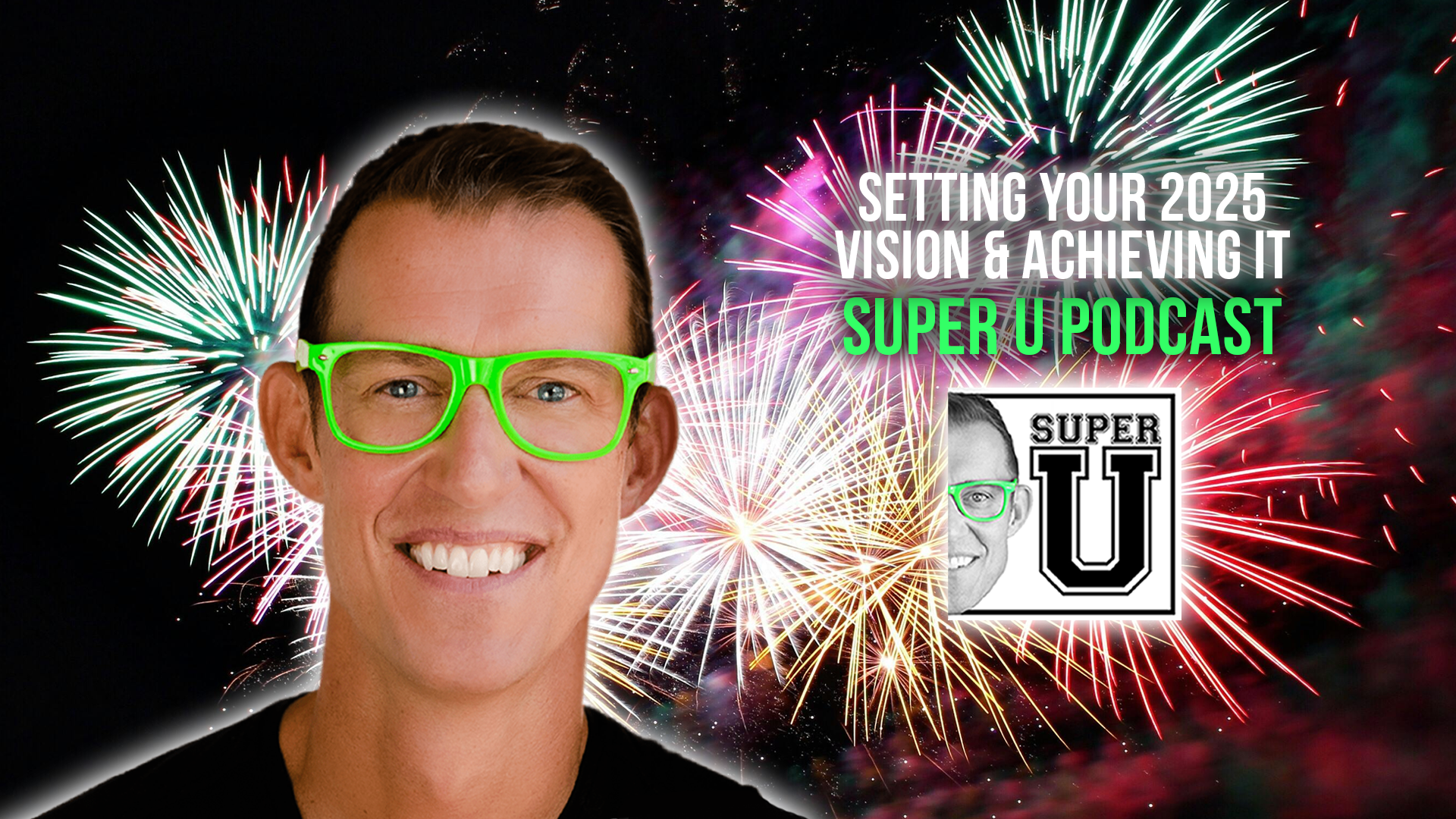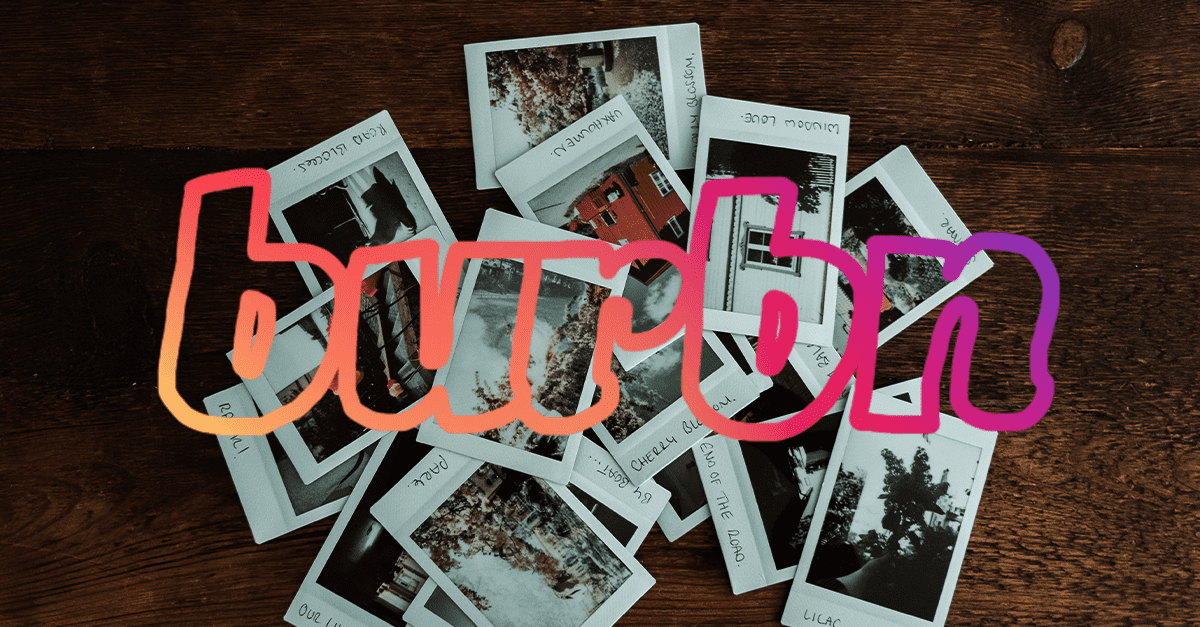Setting Your 2025 Vision + Achieving It
Happy New Year Super U listeners! What’s your vision for 2025? Have you started on your resolutions yet? In this episode, Equalman breaks down his own personal vision board and offers advice on how to create your own so that you can accomplish all of your 2025 goals.
Is there a topic you want Equalman to cover on the podcast? Do you have any questions you wish you could ask an expert? Send an email to our team and you could be featured on an upcoming episode: [email protected]
Need a sneak peek? Below are the main takeaways from the episode.
Preview:
“We had these wonderful visions in our heads of doing all these great things. The thing is, they stayed in our heads. The key is getting them out of our minds and into the world—specifically, getting them out where we can see them, literally see them. That’s where vision boards come in.
Did you know that 65% of us are visual learners? I certainly am. If I can see it visually, I can achieve it. As we embark on 2025, what is your vision for success? More importantly, do you have this vision physically present where you can see it every morning and evening?
Before we delve into vision boards, let me tell you a story about a girl with a dream—a girl who had a vision but partly lost it because of adversity.
A few years ago, in a valley surrounded by majestic mountains, there lived a spirited young girl who loved to learn. She spent her days dreaming of stories, solving math problems, and reading books about lands far beyond her own. Her father, a kind man who ran a small school, often told her, “Education is the greatest treasure. With it, you can change the world.”
The girl carried these words in her heart, dreaming of helping others just as her father did. However, not everyone in her small valley believed that girls should learn. Some thought a girl’s place was only in the home. The girl didn’t understand this. Didn’t boys and girls deserve the same chance to dream, no matter what that dream was?
One day, everything changed. A shadow fell over the valley as men with harsh voices and even harsher rules arrived. They declared that girls could no longer go to school. Classrooms that once echoed with laughter and learning were silenced. Books and pens, they said, were meant only for boys.
But the girl couldn’t imagine a life without school. Learning was her passion. “I’ll keep going,” she told herself. “No one can stop me from learning.” She began writing about her life, her fears, her hopes, and her vision for a world where every child—boy or girl—could go to school. Her words traveled far and wide, inspiring many who believed in her dream.
Unfortunately, the shadow grew darker. The men learned about her defiance. One fateful afternoon, as she rode home from school, they confronted her. “Is this the girl who speaks for education?” they shouted. Though fear filled her heart, she stayed silent. A loud bang shattered the moment, and the world around her turned to darkness.
When she woke up in a strange place surrounded by unfamiliar faces, she realized she had been gravely hurt—but she was alive. Her father was by her side, whispering, “They tried to silence you, but your voice will be louder now.” He was right.
The girl, though young, became a symbol of courage worldwide. She spoke at grand assemblies, met global leaders, and shared her vision of a world where every child could hold a book, write their dreams, and chase them without fear. Amid her travels and speeches, she remained determined to complete her education, knowing her journey wasn’t just for herself but for every girl told, “No, you can’t learn because you’re a girl.”
That girl was Malala Yousafzai, who became the youngest recipient of the Nobel Peace Prize and founded a movement that has helped millions. She turned her dreams into a beacon of hope for the world.
Now, most of us won’t win a Nobel Peace Prize, but in 2025, we can achieve our goals if we take the time to visualize them. The key is to get them out of our heads and onto paper. Vision boards help us do that.
I’ll walk you through how I create my vision boards. You can adapt the process to what works best for you. Each year, I take one sheet of paper and create artistic visuals of my goals. I usually grab black-and-white clip art so I can color it in as I make progress. Seeing progress keeps me motivated.
Here’s my process:
- Start with priorities: I always put family first. It’s the biggest image on my board.
- Set specific goals: For 2024, I included learning Spanish, waking up at 5 a.m., and spending more time with my wife.
- Track progress visually: For example, I colored in the Spanish goal as I made progress, using colors from the Mexican flag.
- Reflect and carry over goals: Some goals, like writing a fiction book, didn’t get touched this year. Those will carry over into 2025.
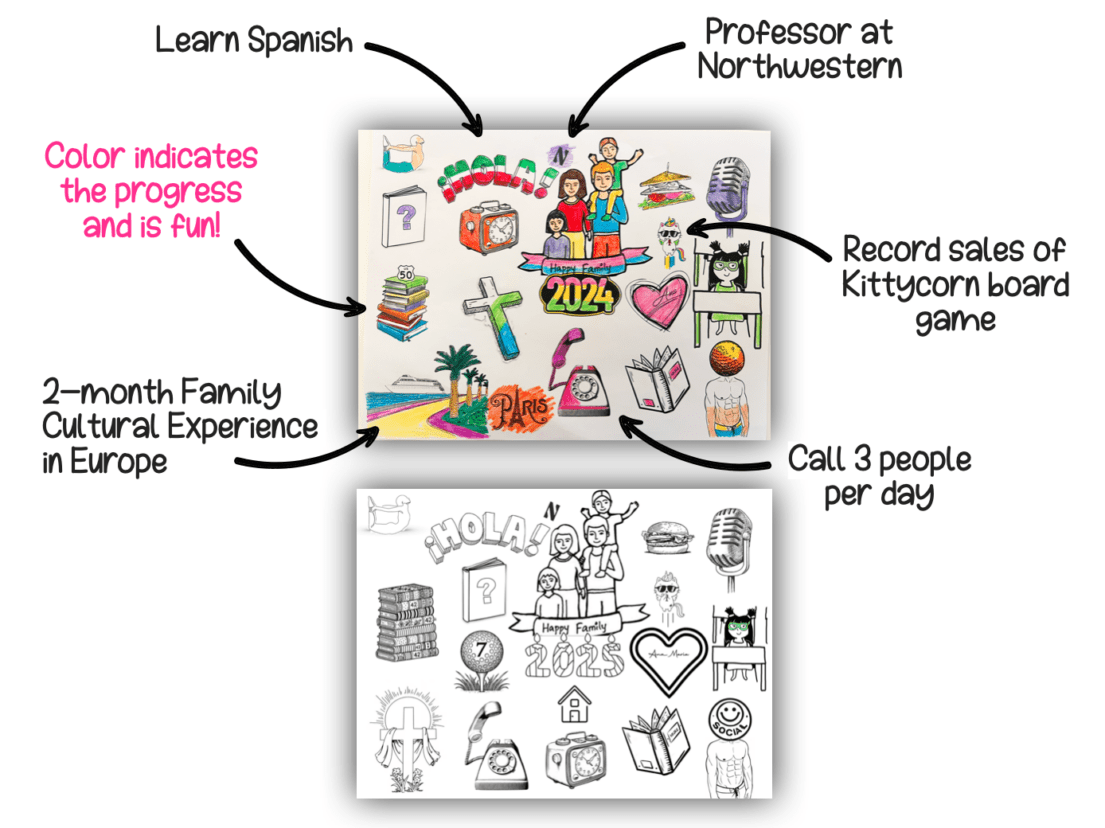
As I color in each goal, I’m reminded of what I’ve achieved and what still needs focus. My vision boards become a tangible way to stay on track and reflect on my priorities.
In 2025, take time to create your vision board. Whether it’s a hand-drawn masterpiece or a simple digital creation, make it your own. Print it out, display it, and revisit it daily. Let’s turn our dreams into reality and make this year our best yet.”
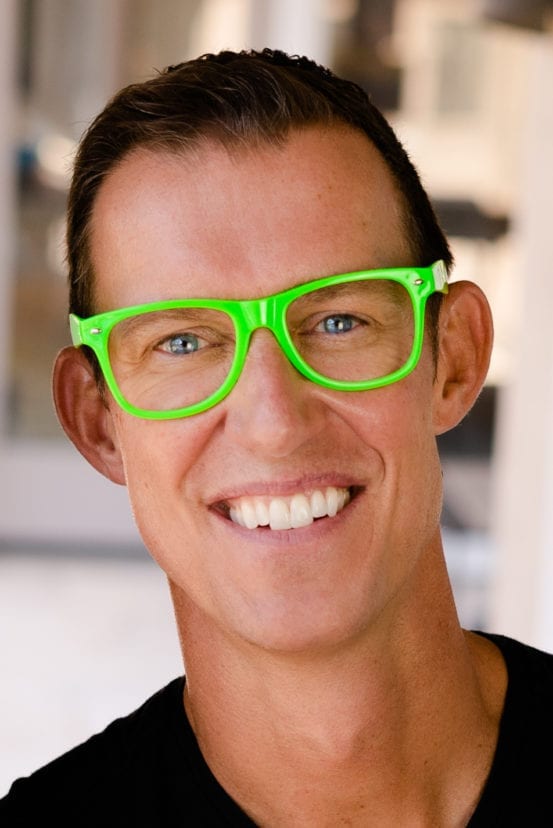
To ensure you don’t miss future episodes, subscribe to our podcast by clicking here >> Super U Podcast. We hope these tips help unlock and unleash your inner superpower!
The Super U Podcast is hosted by #1 bestselling author and Motivational Speaker Erik Qualman.
